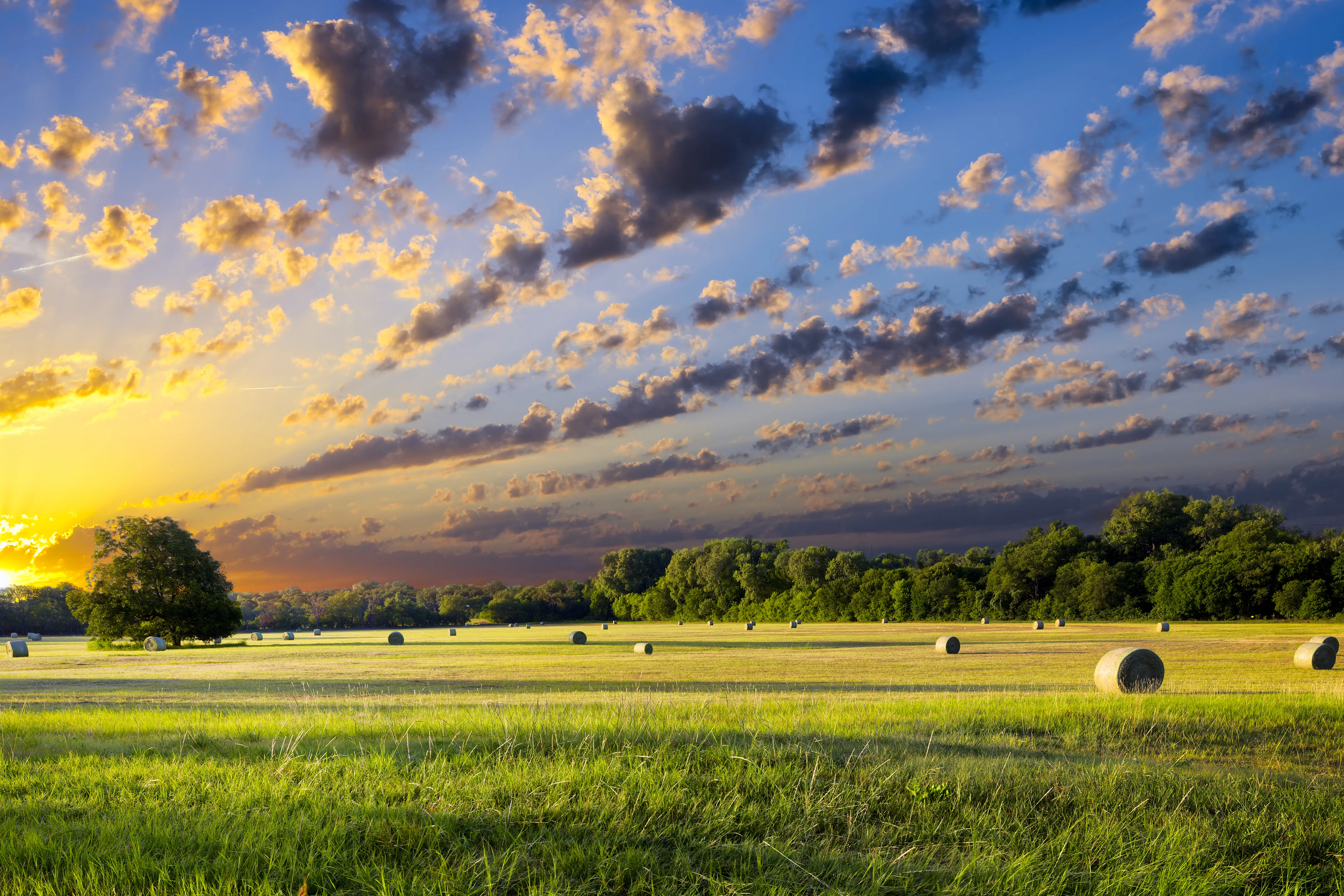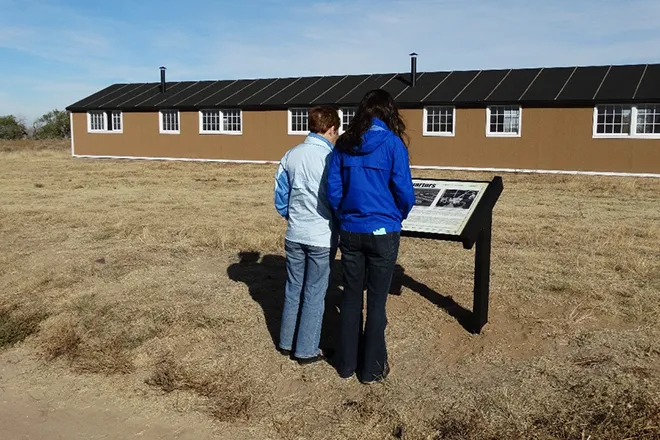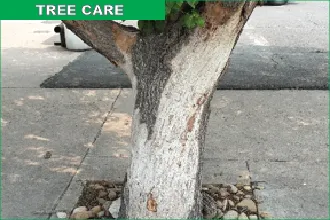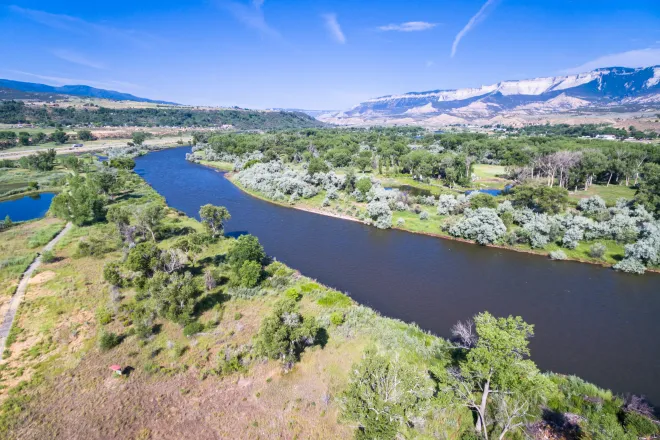
EarthTalk - Is there hope for our forests?
© iStock
Dear EarthTalk:
I live in Massachusetts and often walk in the woods. It seems as if there are endless pests and diseases attacking our native trees. There are so many fallen or dead trees in the woods now. Is there hope for our forests?
Molly Goodwin, via e-mail
In colonial days, wood was a hot commodity in New England. It was so widely used for agriculture and other industries that, between the 17th and 20th centuries, several New England states saw a 60 percent reduction in woodlands. Today, roughly 80 percent of New England is wooded again, but over 99 percent of the trees were planted within the last 100 years. These new-growth forests are remarkably homogenous, being evenly spaced, similar in height and size, and primarily of the same species.
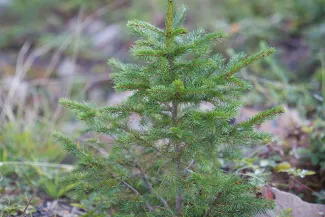
Red spruce tree.
Though trees have significantly rallied, financial support for New England land conservation has dropped by half since 2008. The annually conserved land area declined sixfold in just a decade, from 333,000 acres in the early 2000s to just 50,000 acres since 2010. A Harvard study showed that New England is losing 65 acres of woods daily to development, half which is related to increasing residential demands. Beyond development threats, the lack of biodiversity in these homogenous new-growth forests makes them particularly vulnerable to environmental changes, invasive species and infectious diseases.
Rising temperatures put new-growth trees at risk of droughts, soil deterioration and extreme weather events. Invasive southern insects like the gypsy moth and Southern pine beetle are migrating northward as historically colder climates begin to warm. These bugs defoliate trees, bore bark to feed on tree sap, and cause needle loss. And invasive plants are now outcompeting native ones by releasing enzymes into the soil that limit the native plant growth and form dense thickets that shade out native species.
Citizens, scientists and ecologists must work together to prevent a ‘bare New England.’ State and local governments have the power to strengthen conservation efforts. For one, the Massachusetts Community Preservation Act permits towns to impose a surcharge of up to three percent on property taxes which is then diverted to preservation. Participation is voluntary, but 56 percent of towns have opted in.
Sustainable forestry is needed to prevent more tree loss. Selective cutting removes specific trees rather than clear-cutting. Building upwards instead of outwards reduces land clearance. Improving paper and wood recycling efforts reduces the demand for raw materials from forests. Removing invasive species would improve soil health and enhance ecosystem resilience. However, the process is labor-intensive and costly. Despite these challenges, finding the right balance between conservation, demand reduction, and invasive species removal may be the key to preserving the New England forests.
CONTACTS
- Harvard research reports major forest loss in New England, Invasive Plants in Massachusetts, https://www.massaudubon.org/nature-wildlife/invasive-plants-in-massachusetts.
EarthTalk® is produced by Roddy Scheer & Doug Moss for the 501(c)3 nonprofit EarthTalk. See more athttps://emagazine.com. To donate, visit https://earthtalk.org. Send questions to: question@earthtalk.org.




